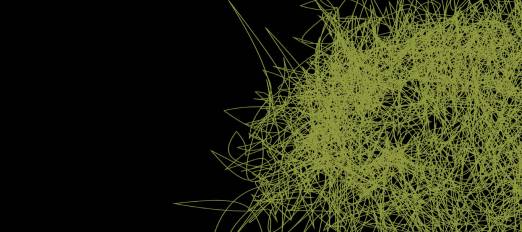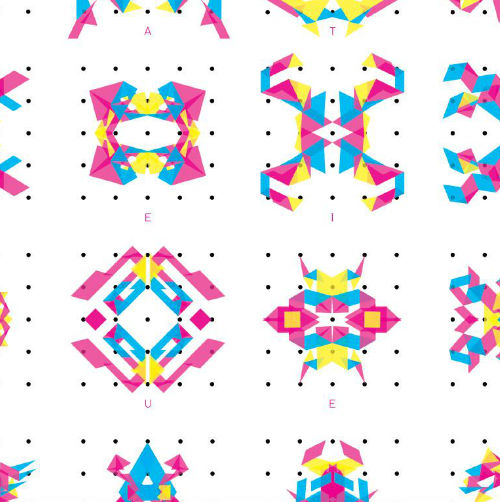Friday 12 December 2014, 6.30-9.30pm
Event
The human desire to classify is perhaps at its strongest when it comes to natural history, as we group and order the world around us into discrete categories. However, the way we organise and display nature is unnatural and at odds with the blurred edges and continuous variation of real nature. How does this relate to practices in which LGBTQ+ people self-classify?
Co-produced between the UCL Urban Lab, Queer Zoo used the Grant Museum's collection, taxonomic practice of natural history and George Mazzei's 1979 article 'Who's Who at the Zoo' - that first introduced an animal naming system for gay men- as inspiration for an evening that looked at the way in which LGBTQ+ people order themselves.
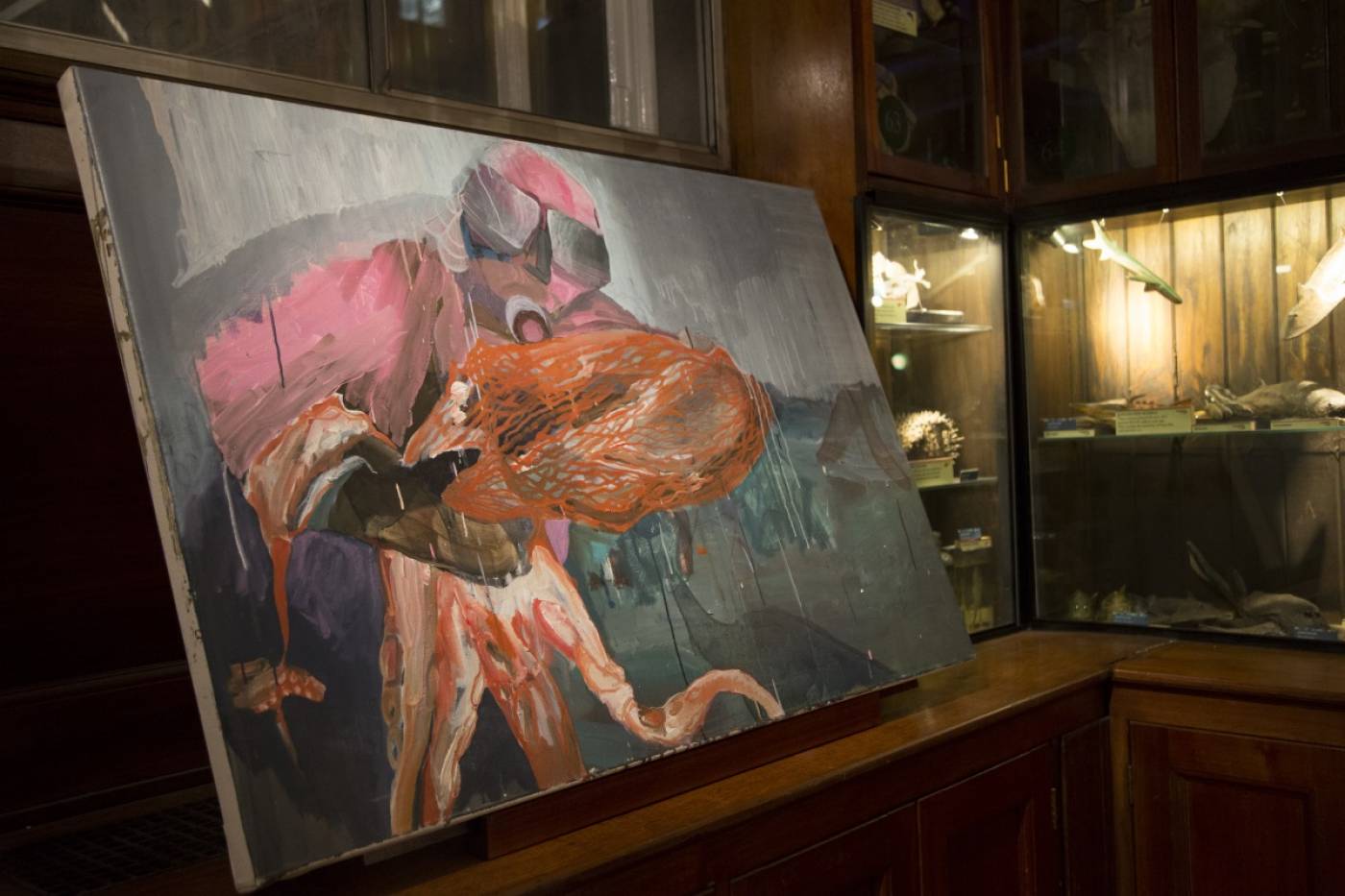
(C) UCL, Grant Museum of Zoology/Christa Holka
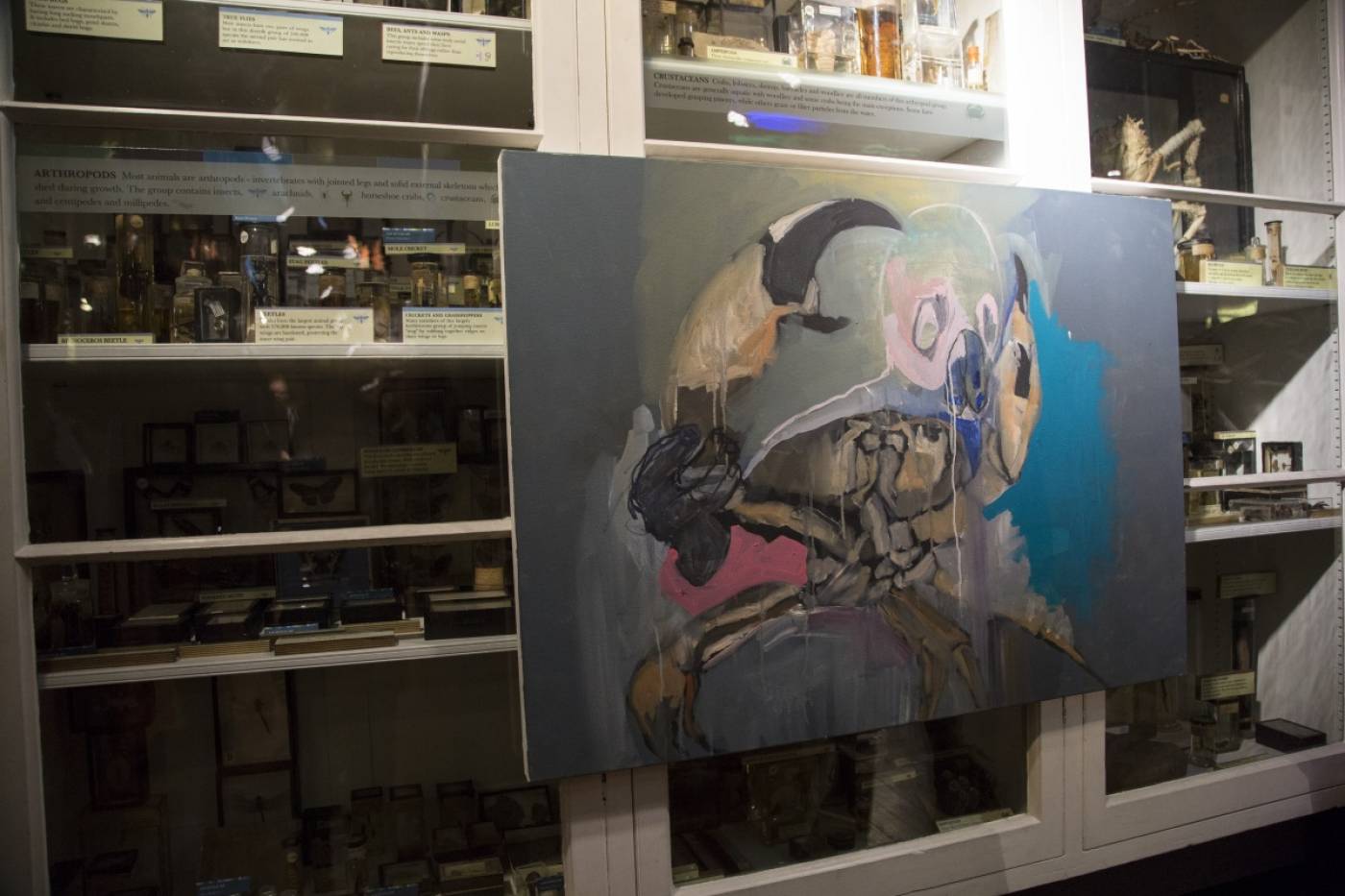
(C) UCL, Grant Museum of Zoology/Christa Holka
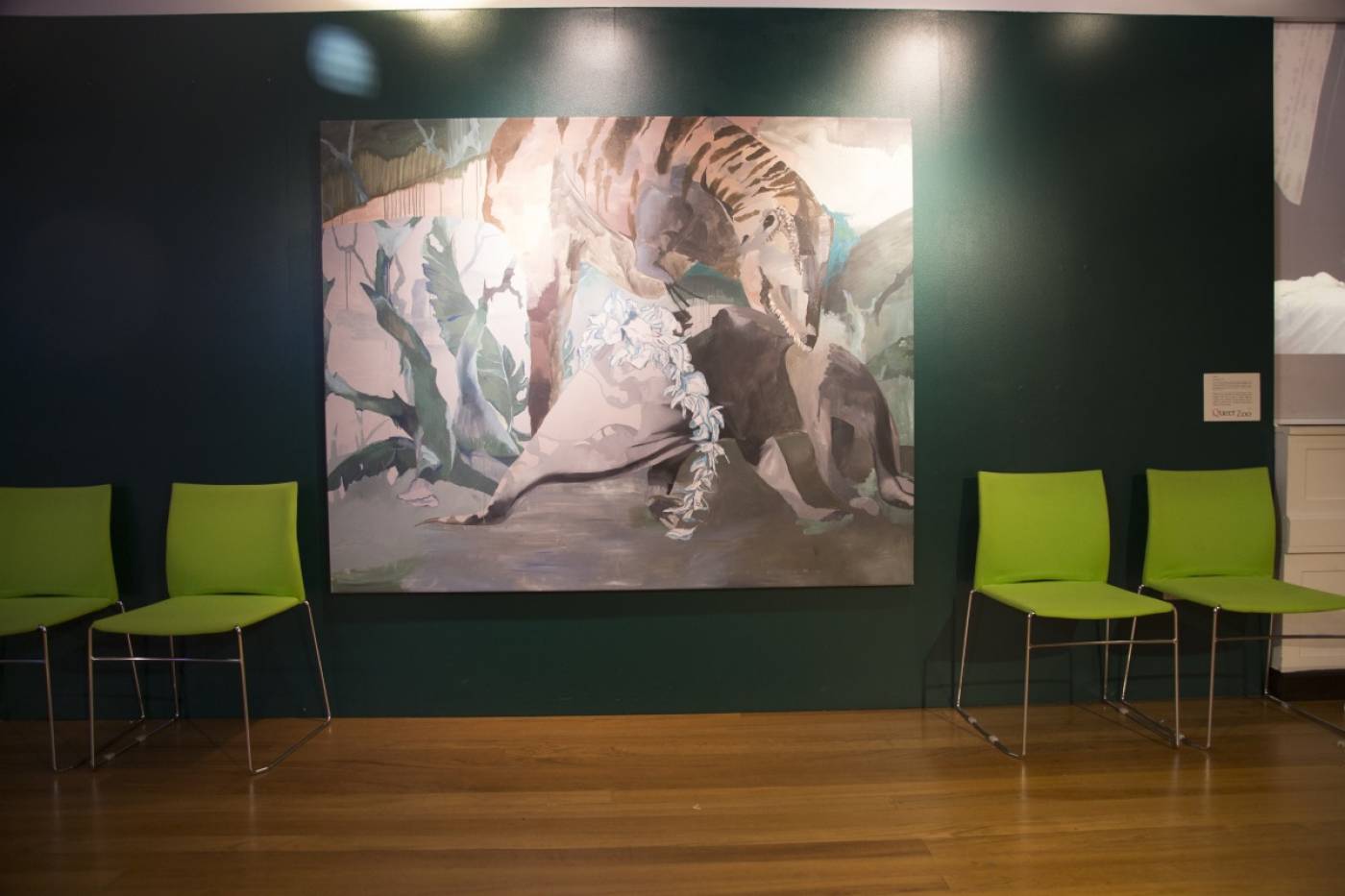
(C) UCL, Grant Museum of Zoology/Christa Holka
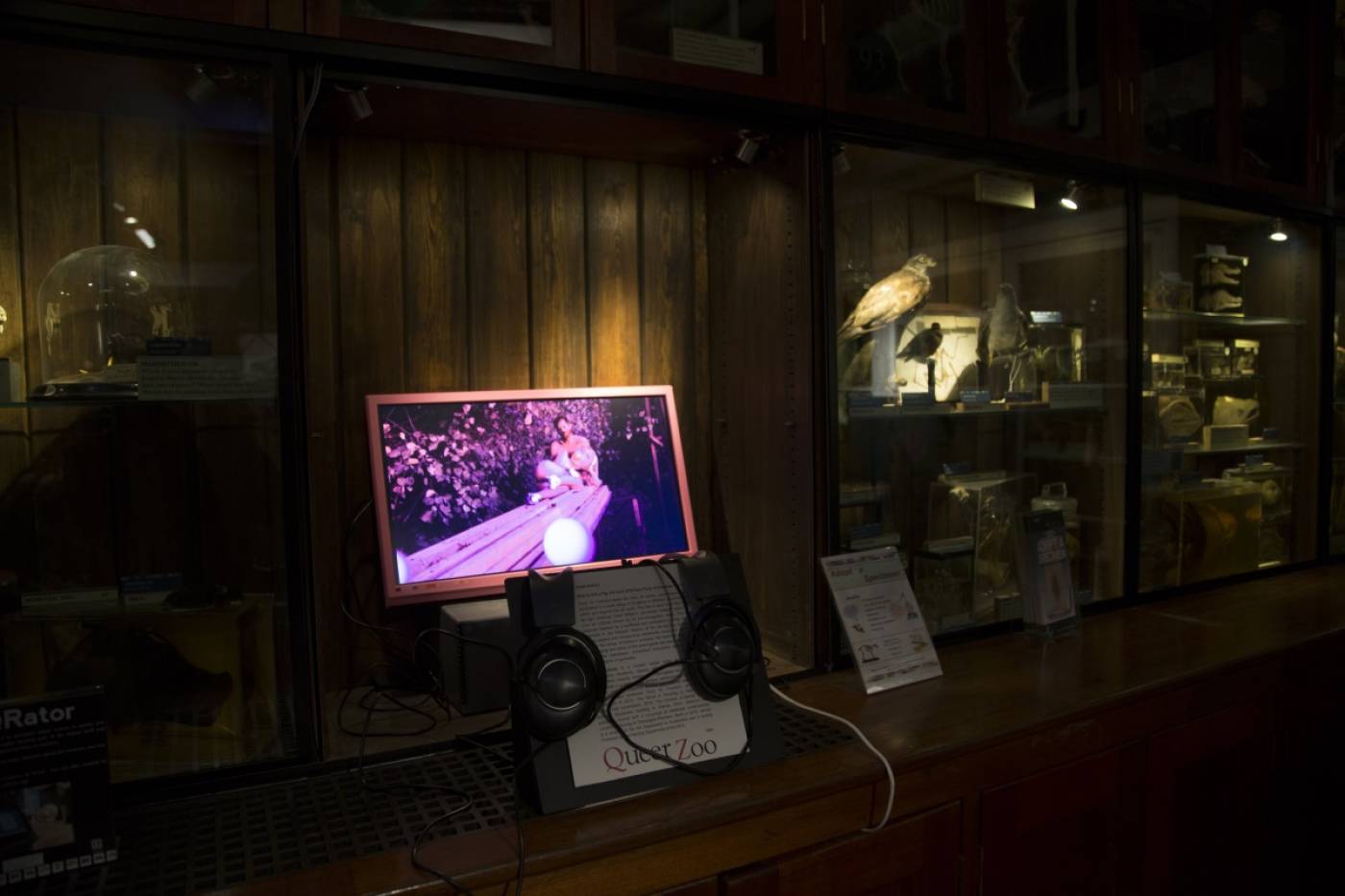
(C) UCL, Grant Museum of Zoology/Christa Holka
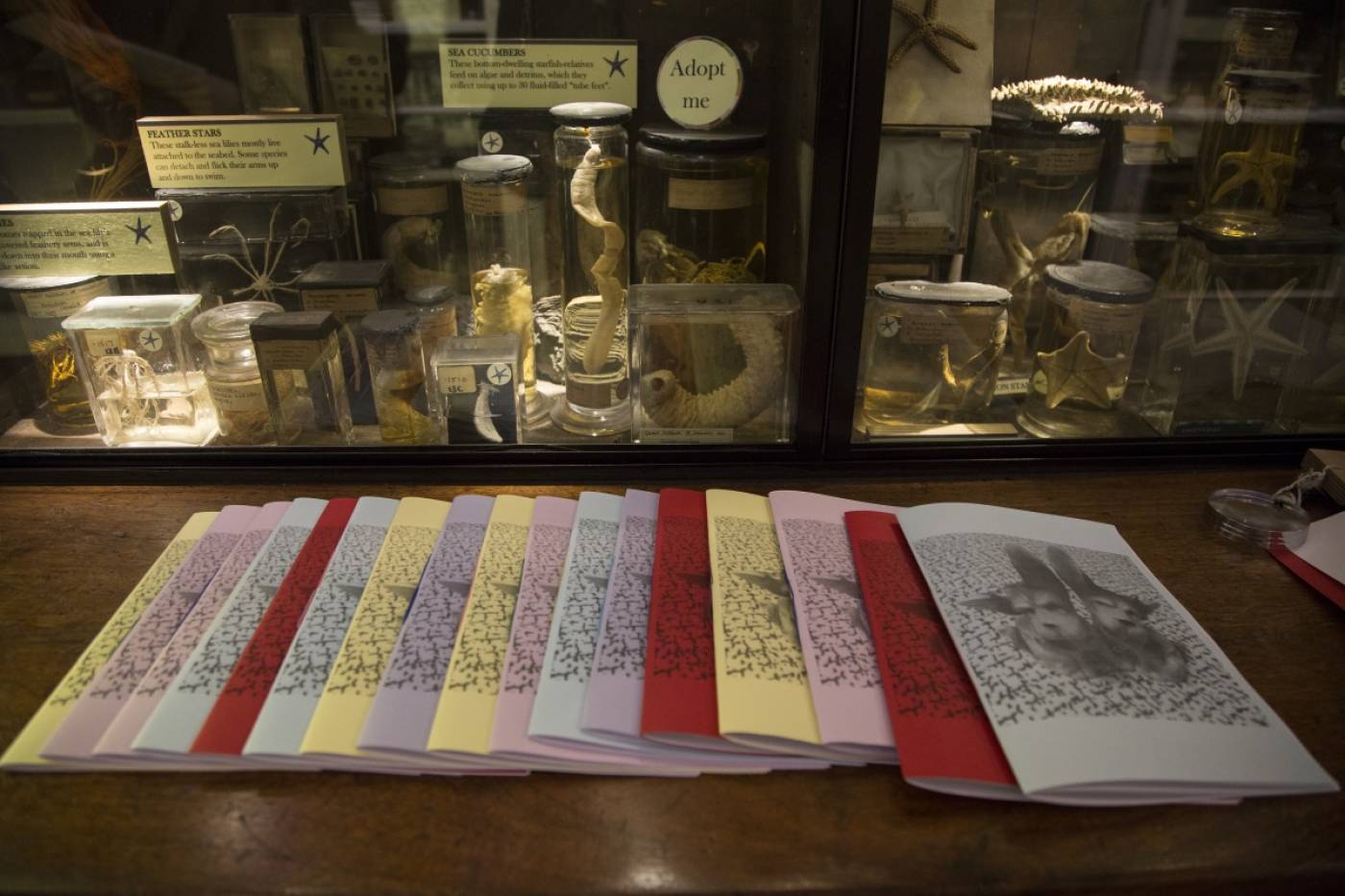
(C) UCL, Grant Museum of Zoology/Christa Holka
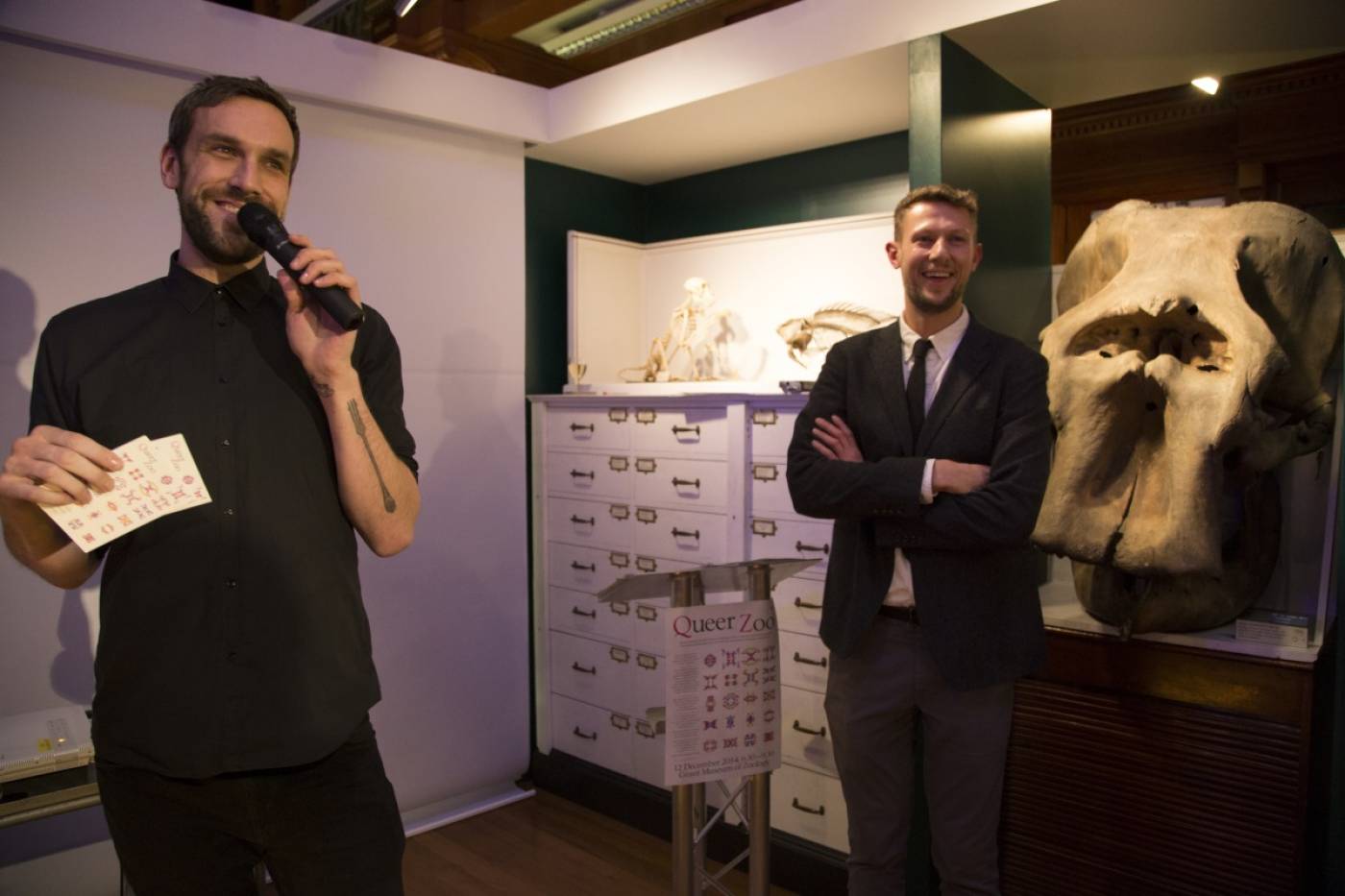
(C) UCL, Grant Museum of Zoology/Christa Holka
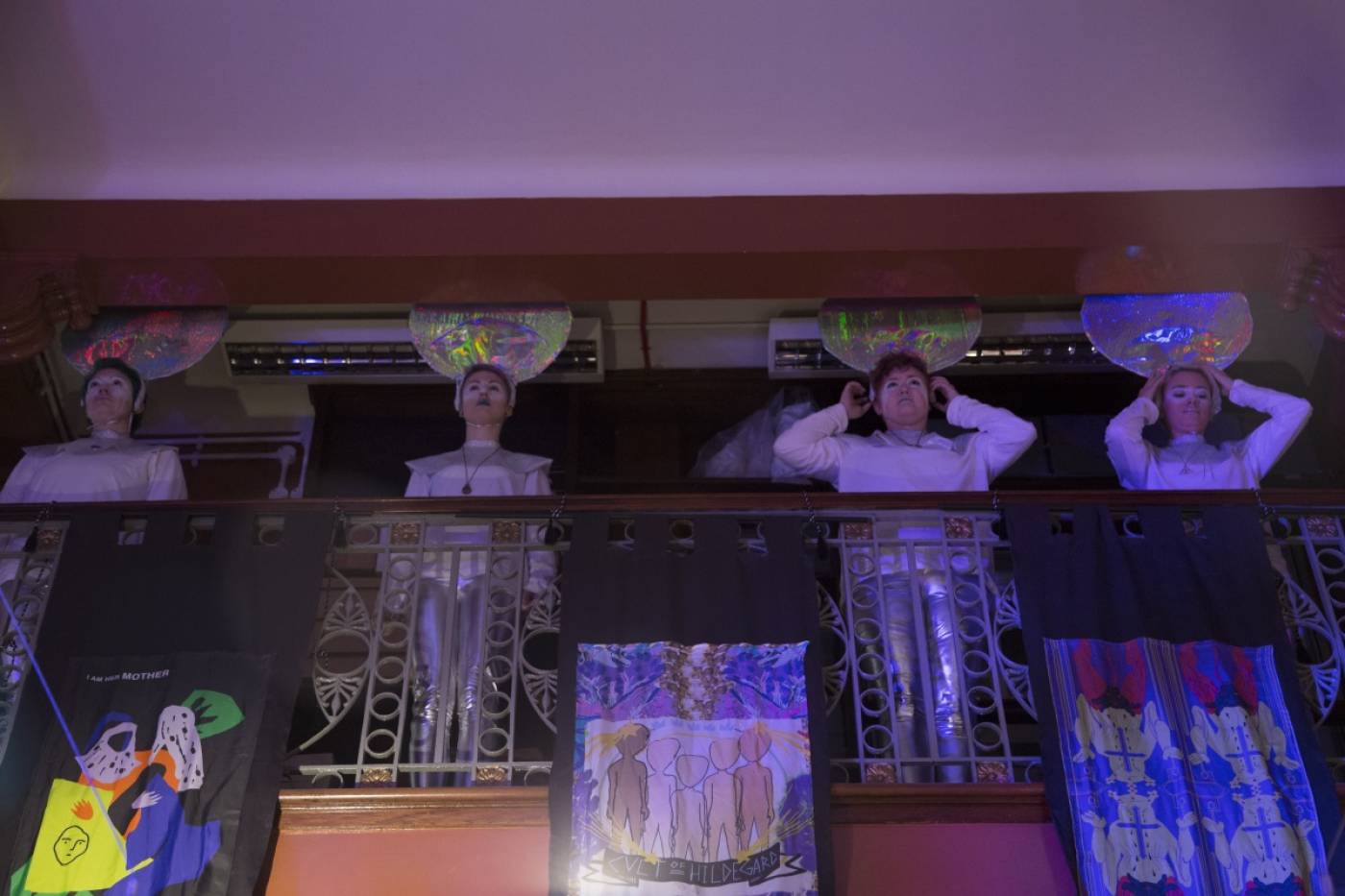
(C) UCL, Grant Museum of Zoology/Christa Holka
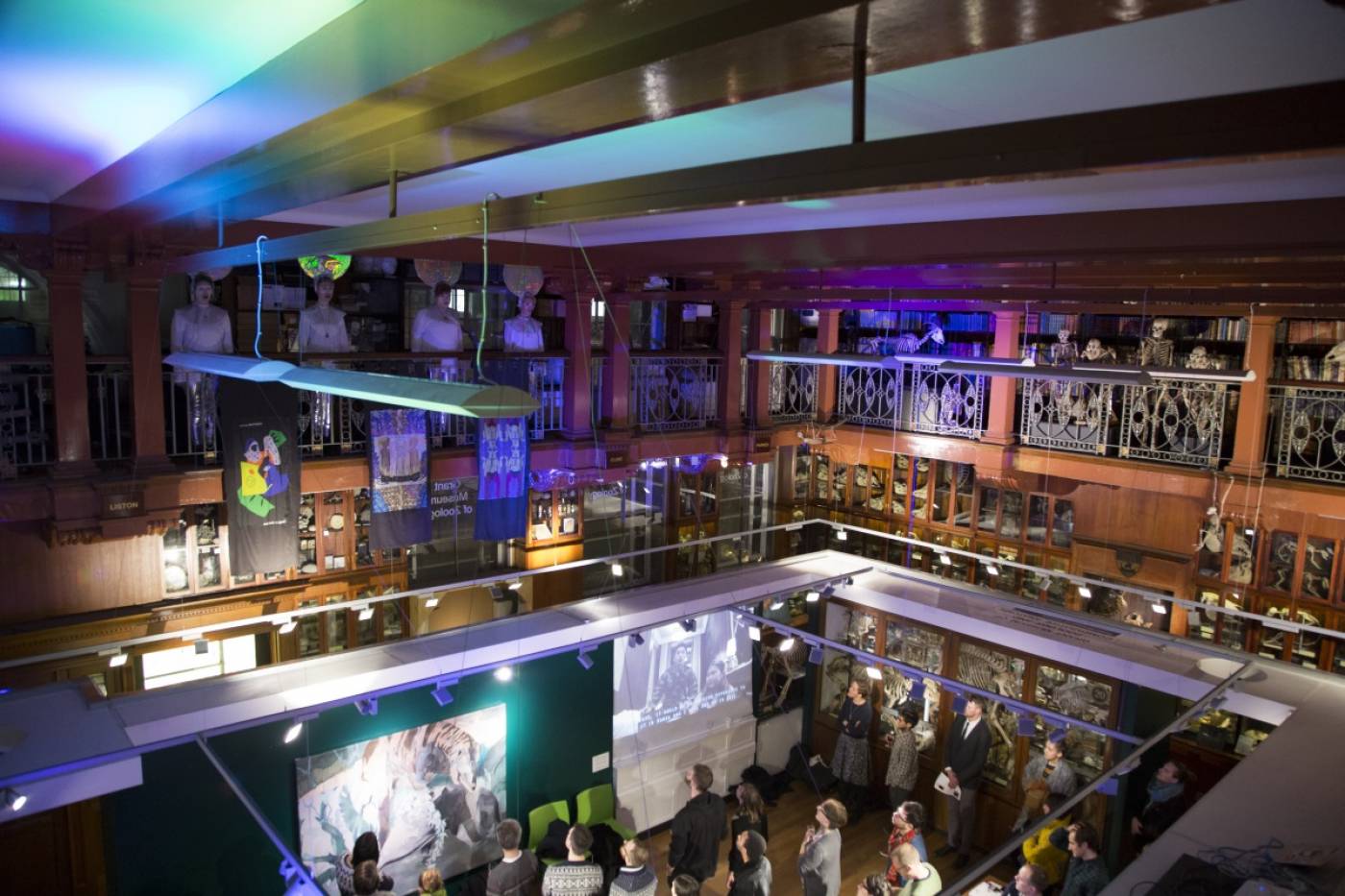
(C) UCL, Grant Museum of Zoology/Christa Holka
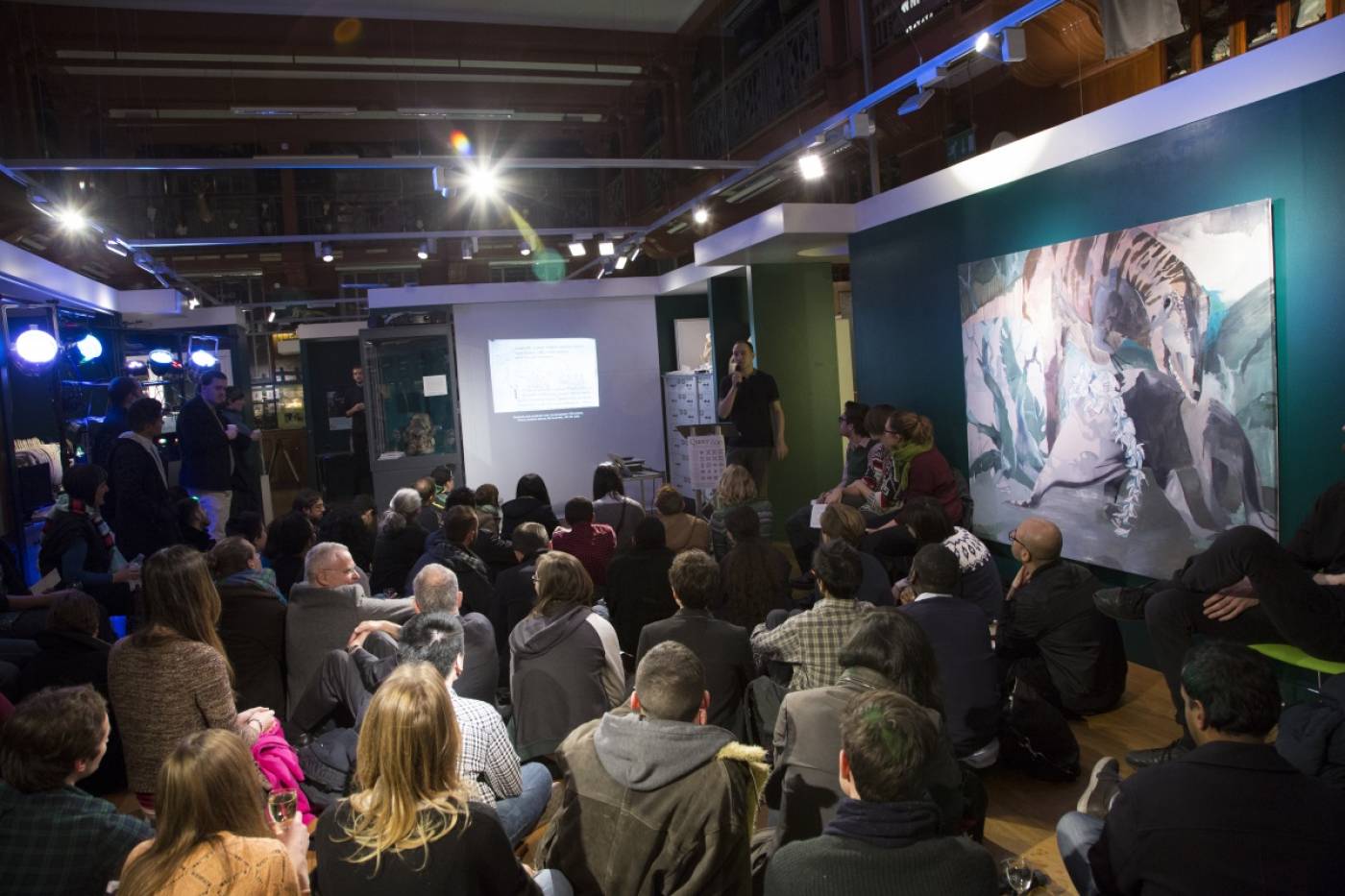
(C) UCL, Grant Museum of Zoology/Christa Holka
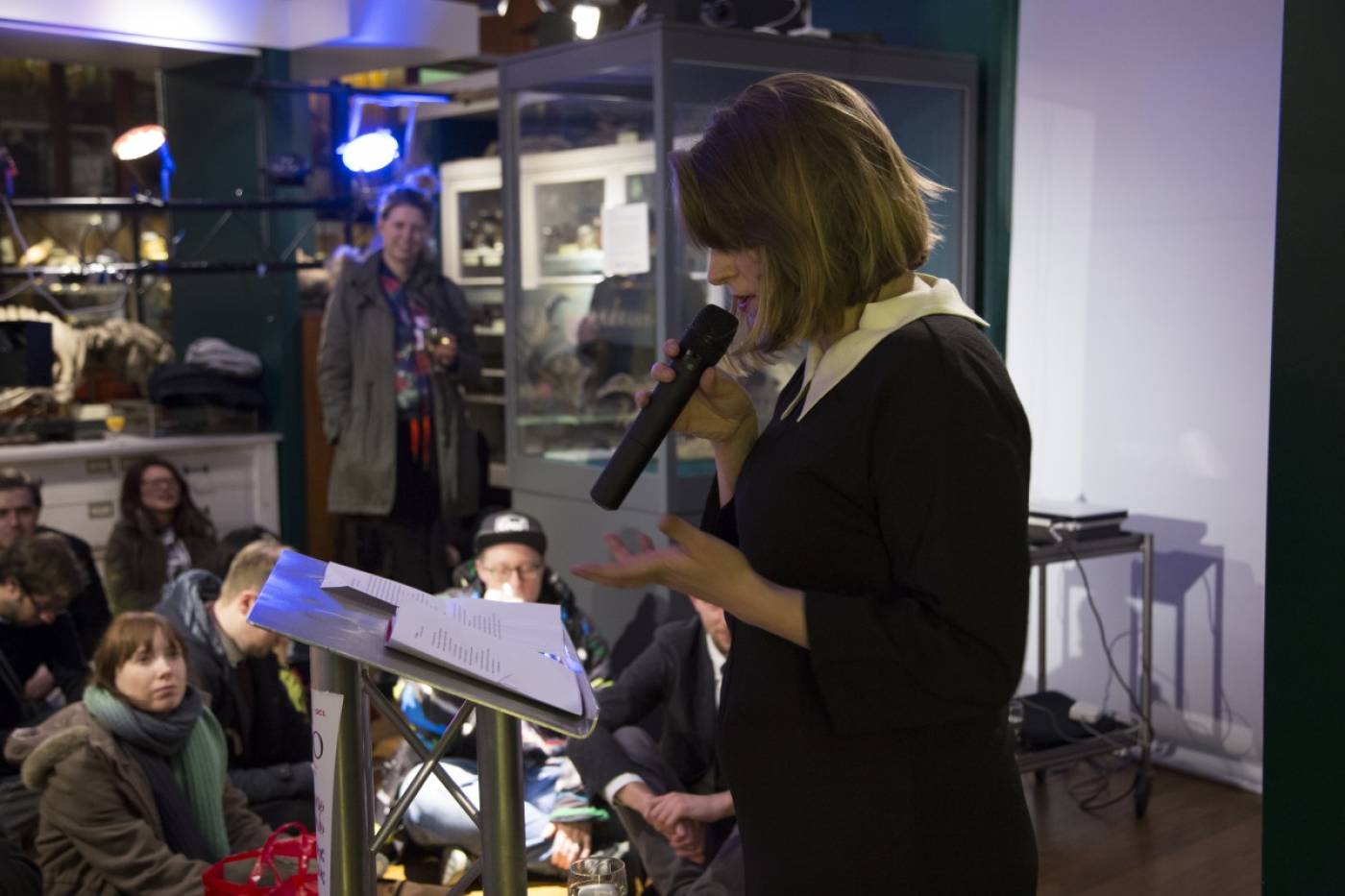
(C) UCL, Grant Museum of Zoology/Christa Holka
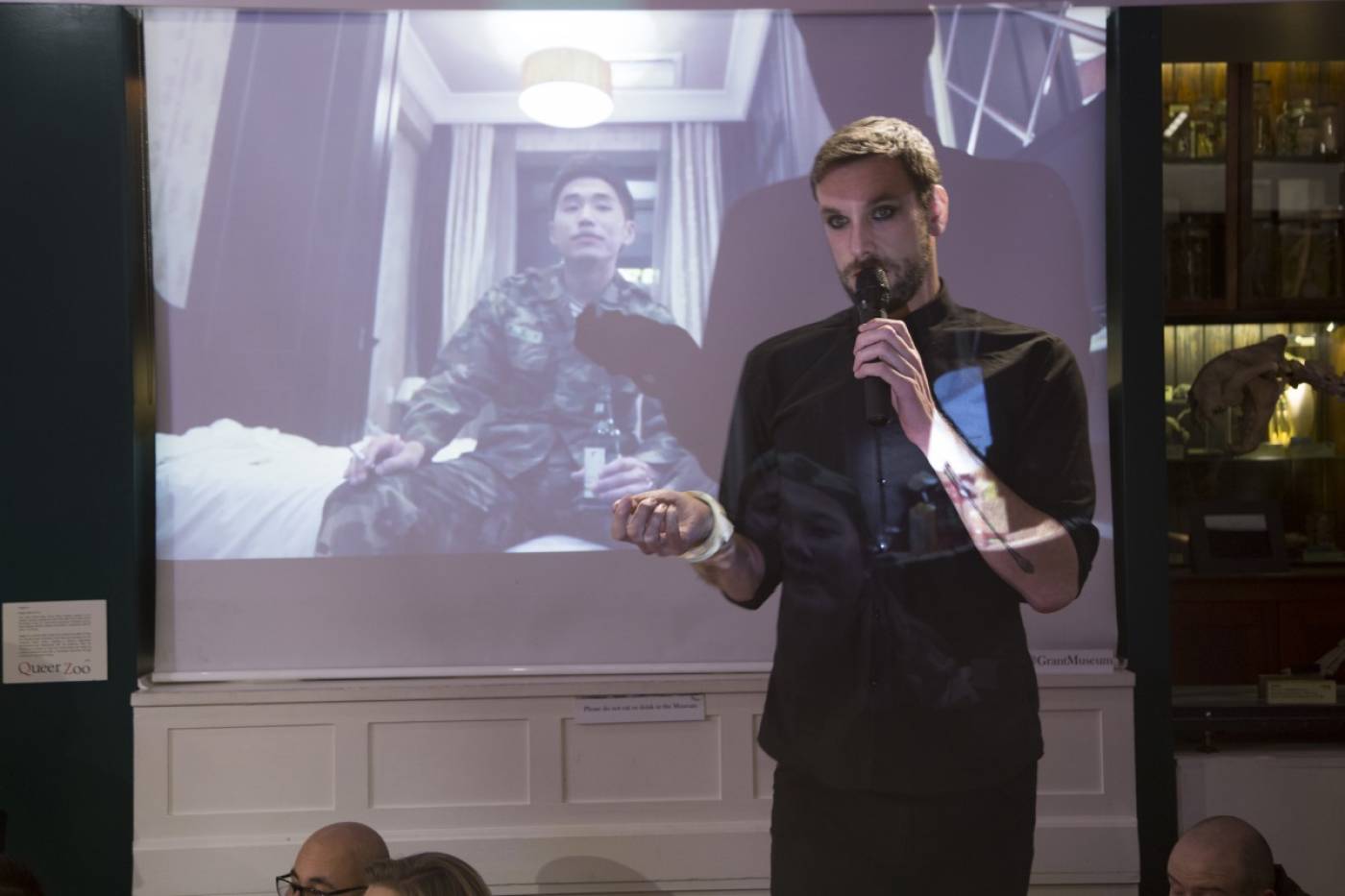
(C) UCL, Grant Museum of Zoology/Christa Holka
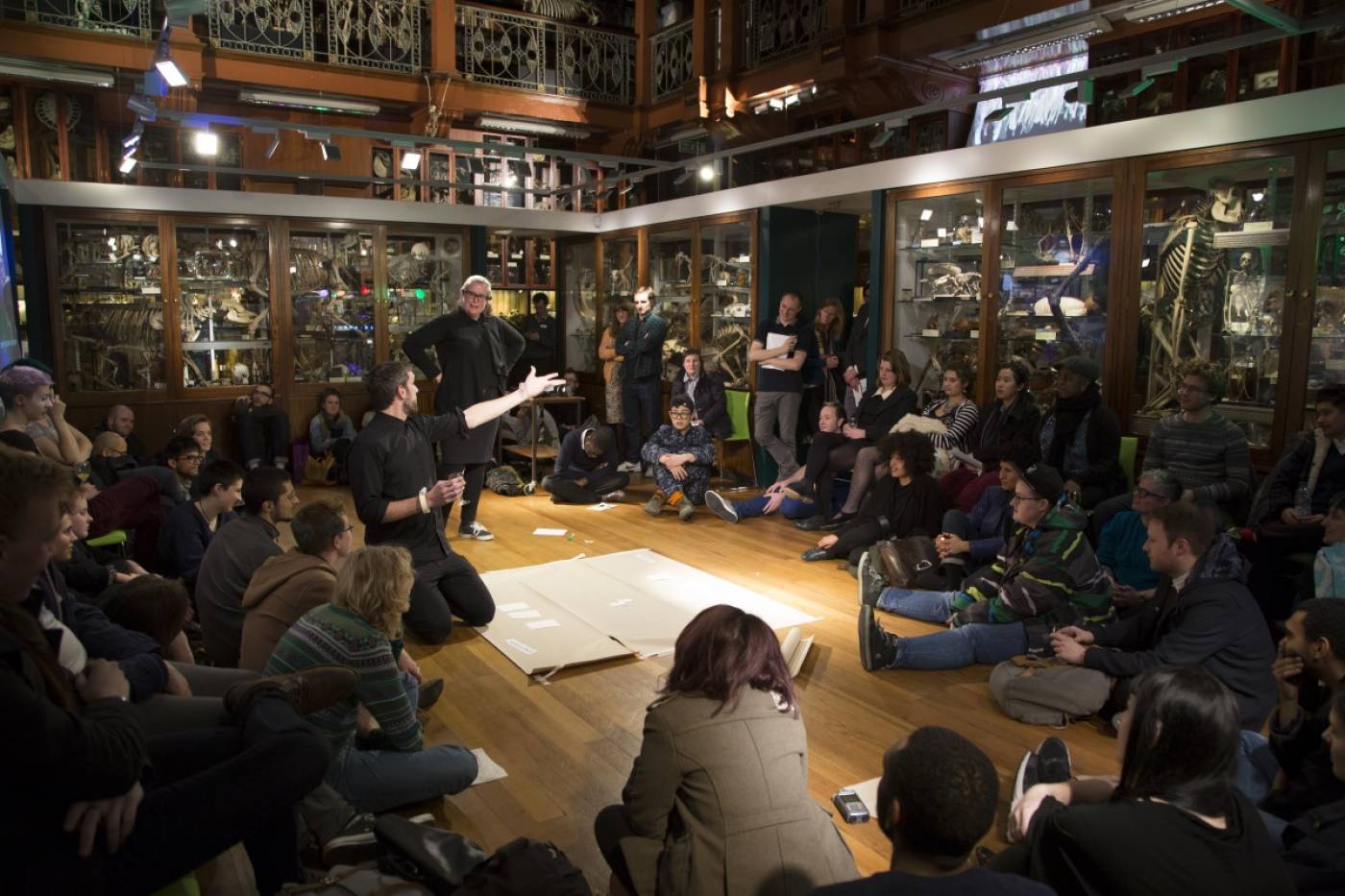
(C) UCL, Grant Museum of Zoology/Christa Holka

(C) UCL, Grant Museum of Zoology/Christa Holka
In a series of performances, readings, interventions and provocations from artists and academics, Queer Zoo interogated the practice of classification in more detail. Over the course of the evening with an audience of over 200 people we looked at the history and the development of categories of sexual orientation and gender identity/roles—‘homosexual’, ‘LGBT’, ‘queer’, ‘dissident’ etc. and discussed the use of ordering systems that are increasingly reductive and based on physical attributes and sexual preferences reflecting.
Queer Zoo sought the help of Dr. Sharon Husbands and her irrepresible style, to invite the audience to participate in discussions of how the changing conceptions of the body, social media, cultural and societal pressures are impacting and shaping both individual LGBTQ+ community identity.
As the inaugural event of the newly formed LGBTQ+ Research Network, Queer Zoo asked participants to debate and name the inititaive,
 Close
Close


